Las Vegas built its reputation on artificial experiences—fake pyramids, manufactured canals, and entertainment designed by committee to appeal to the broadest possible audience. New Orleans offers something Vegas can never manufacture: authenticity rooted in centuries of real culture, genuine local traditions, and experiences that emerge from actual communities rather than corporate boardrooms.
While Vegas provides predictable entertainment in climate-controlled environments, New Orleans delivers spontaneous magic on every street corner through music, food, and culture that evolved organically over generations. Here’s a list of 18 things New Orleans does better than Vegas.
Street Music
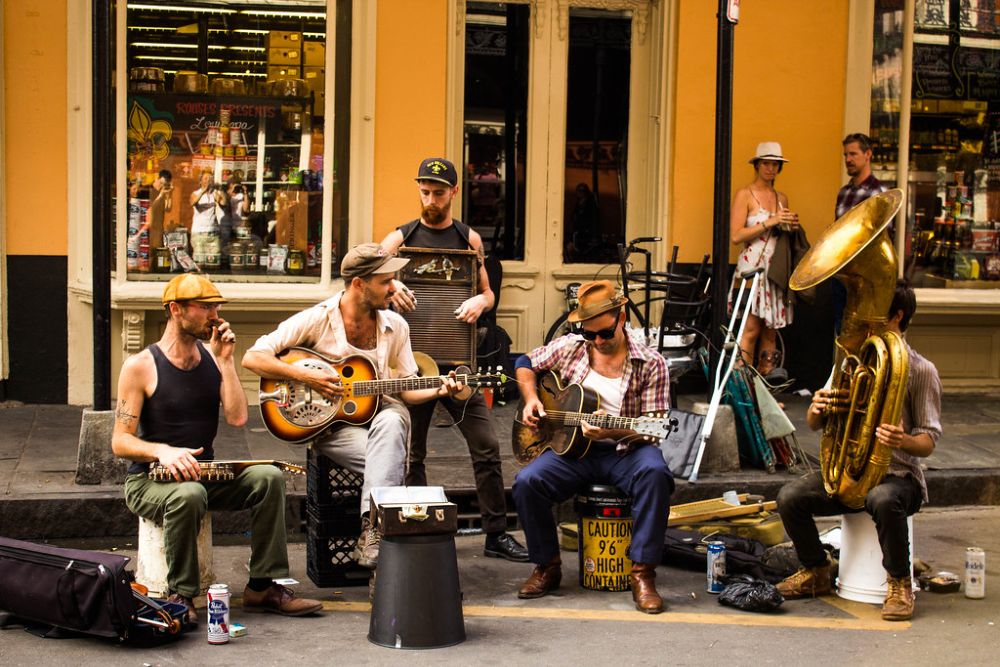
New Orleans musicians perform on every corner because music flows through the city’s DNA, not because entertainment directors schedule performances to maximize foot traffic. Second-line parades emerge spontaneously from neighborhoods, creating authentic celebrations that locals and visitors share equally.
Jazz, blues, and funk echo from doorways and balconies throughout the French Quarter and beyond, performed by musicians who learned their craft from previous generations. Vegas shows follow scripts and schedules, while New Orleans music happens when the spirit moves people to create something beautiful together.
Food Culture
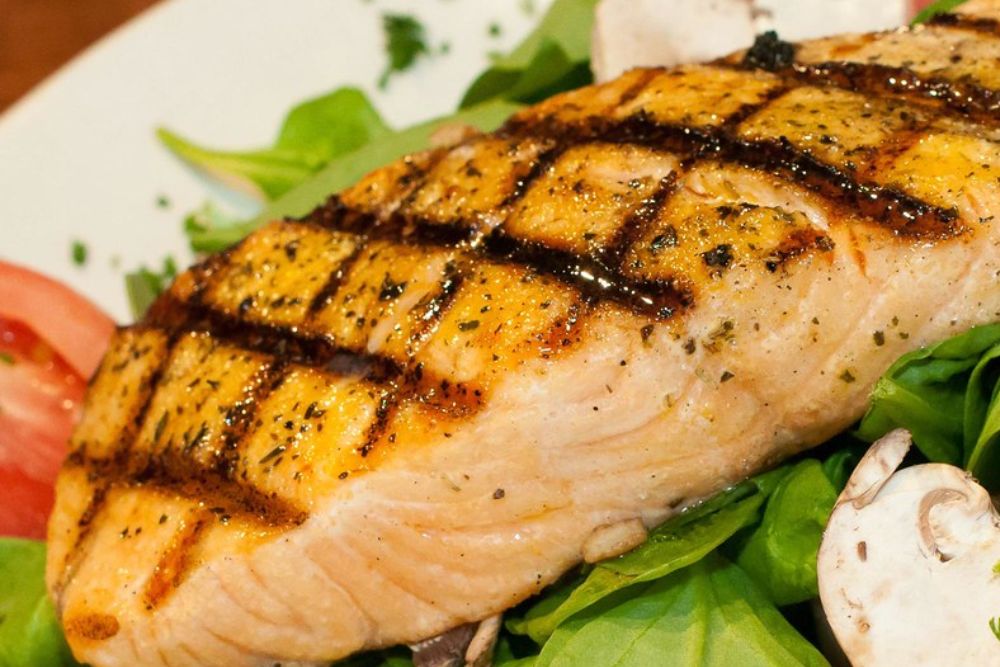
Creole and Cajun cuisine evolved from centuries of cultural blending, creating dishes like gumbo, jambalaya, and beignets that reflect genuine local traditions and available ingredients. New Orleans restaurants serve recipes passed down through generations, while Vegas relies on celebrity chef franchises and corporate dining concepts that could exist anywhere.
Local ingredients like Gulf seafood, Creole tomatoes, and Louisiana rice create flavors impossible to replicate in Nevada’s desert environment. The city’s food culture extends beyond restaurants to corner stores selling po-boys and neighborhood joints serving authentic local specialties at prices locals can afford.
Like Travel Pug’s content? Follow us on MSN.
Architectural Character

French Quarter buildings date back centuries, featuring authentic Creole cottages, Victorian mansions, and Spanish colonial structures that tell the story of real cultural evolution. Wrought-iron balconies, colorful shutters, and raised foundations reflect practical responses to local climate and flooding, creating beauty from necessity rather than decorator decisions.
New Orleans architecture varies by neighborhood, from Garden District mansions to Bywater shotgun houses, each style emerging from specific community needs and cultural influences. Vegas architecture consists primarily of themed facades and artificial environments designed to create fantasy experiences rather than respond to local conditions or cultural heritage.
Music Heritage
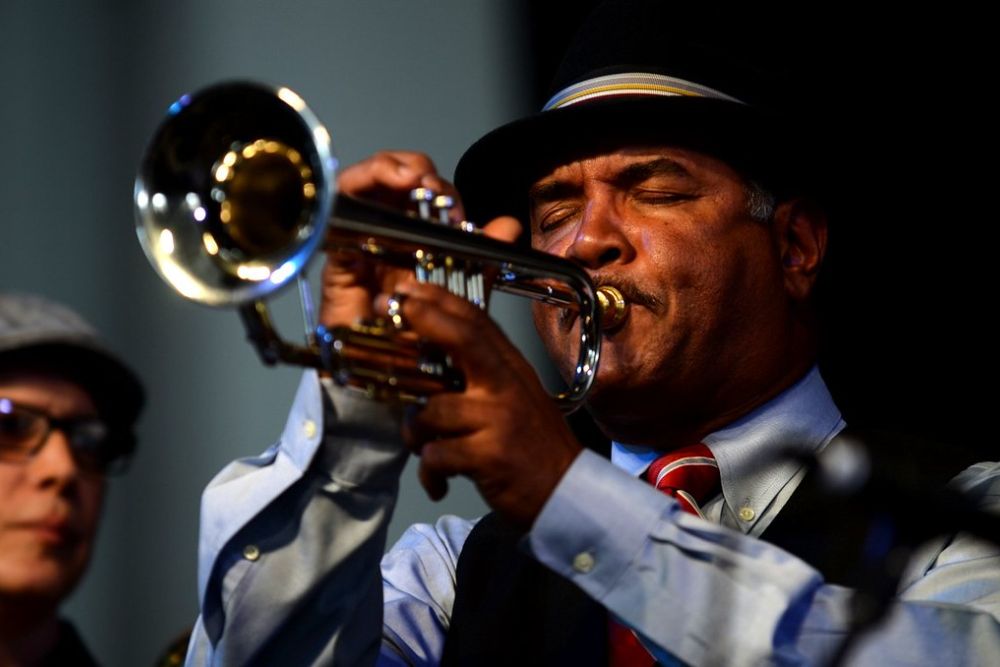
Jazz was born in New Orleans through the convergence of African rhythms, European harmonies, and Caribbean influences that could only occur in this unique cultural environment. Louis Armstrong, Jelly Roll Morton, and Professor Longhair developed their revolutionary sounds in New Orleans neighborhoods, creating musical innovations that influenced the entire world.
The city’s music education programs and cultural institutions maintain connections between past and present, ensuring traditional knowledge passes to new generations of musicians. Preservation Hall, the French Quarter, and countless neighborhood venues provide stages where authentic musical traditions continue evolving naturally.
Local Festivals
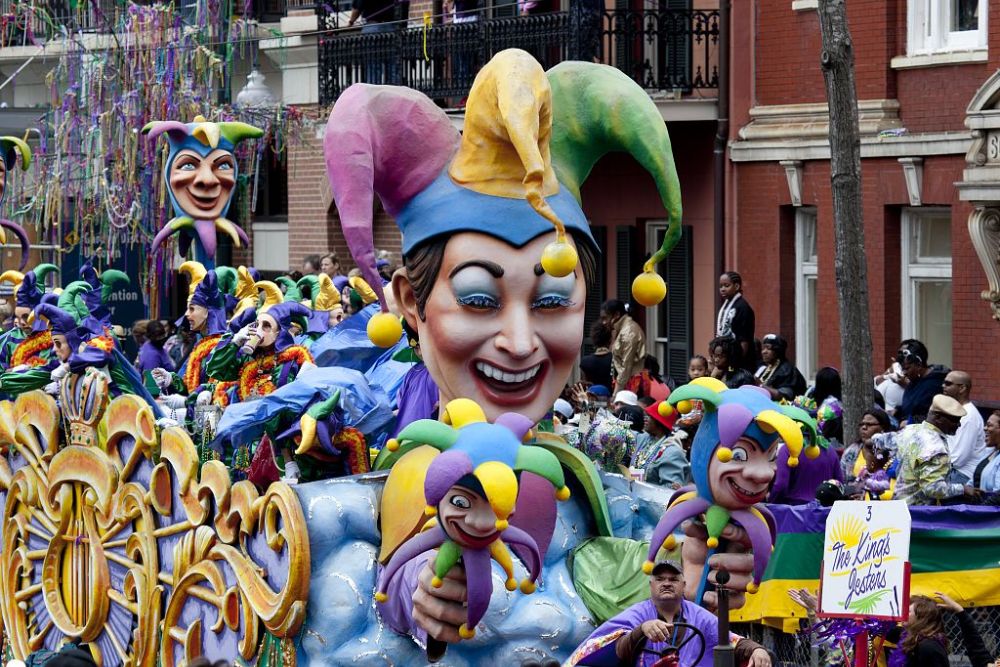
Mardi Gras represents 300 years of community celebration, with neighborhood krewes organizing parades that reflect local culture, inside jokes, and community pride rather than tourist marketing strategies. Jazz Fest showcases Louisiana musicians alongside international acts, creating a cultural exchange that celebrates local heritage while welcoming outside influences.
French Quarter Festival, Essence Festival, and countless neighborhood celebrations emerge from community initiatives rather than tourism boards seeking to attract visitors. These festivals provide authentic cultural experiences where locals and visitors celebrate together rather than performers entertaining passive audiences.
Like Travel Pug’s content? Follow us on MSN.
Nightlife Atmosphere
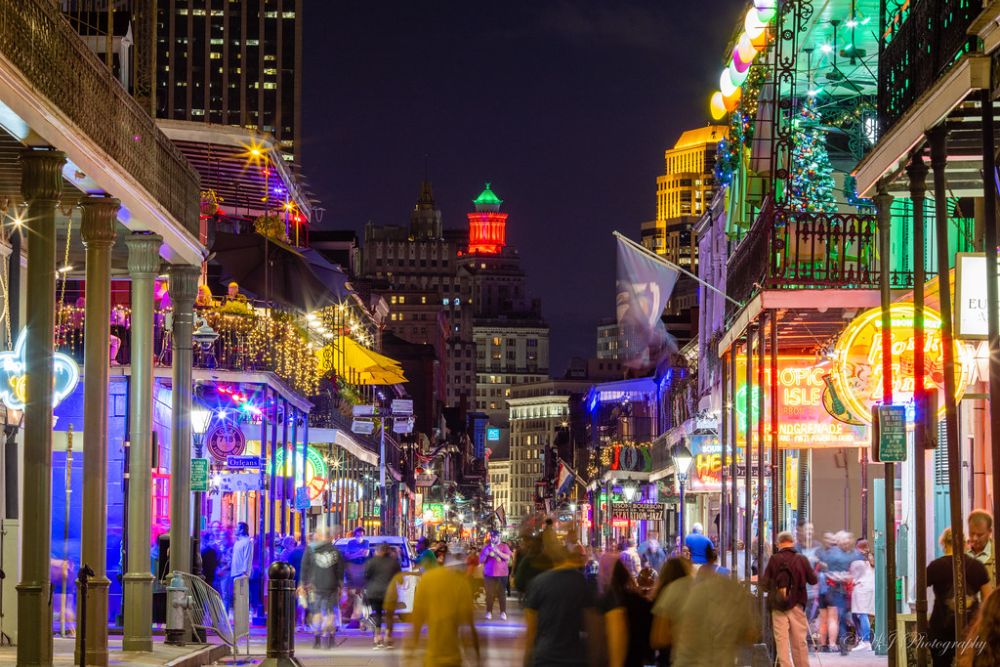
New Orleans bars stay open late because the city understands that community happens after midnight, not because casinos need to keep gamblers spending money. French Quarter establishments range from dive bars with decades of character to upscale cocktail lounges, each reflecting genuine local personality rather than corporate branding.
Live music happens spontaneously in neighborhood bars throughout the city, creating intimate experiences that Vegas’ massive venues can’t match. The city’s drinking culture emphasizes socializing and music over gambling and manufactured excitement, creating more authentic entertainment experiences.
Cultural Diversity
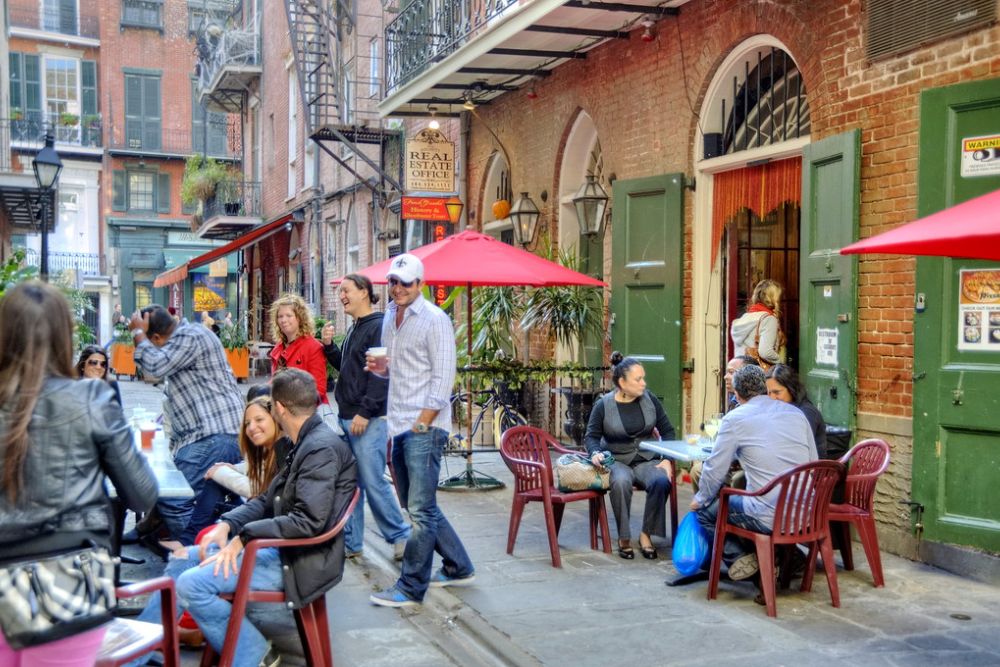
New Orleans culture reflects a genuine mixing of African, French, Spanish, Native American, and Caribbean influences that created a unique Creole identity over centuries. The city’s neighborhoods maintain distinct cultural characters, from the Irish
Channel to the Marigny, each contributing to the overall cultural tapestry. Local traditions like second lines, jazz funerals, and Mardi Gras Indians emerge from specific community experiences rather than entertainment industry calculations. This authentic diversity creates a spontaneous cultural exchange that visitors experience as participants rather than spectators.
Spiritual Traditions
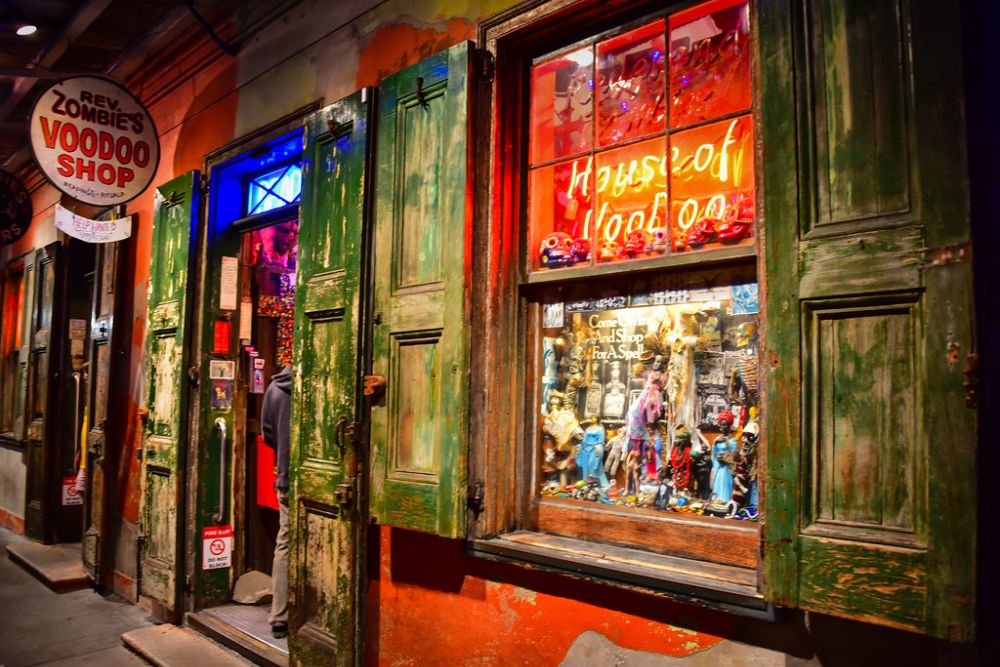
Voodoo, spiritualism, and folk magic practices in New Orleans reflect genuine cultural traditions brought by enslaved Africans and blended with Catholic and Native American influences. Historic cemeteries like St. Louis No. 1 contain centuries of local history, with above-ground tombs reflecting practical responses to geography and cultural traditions.
The city’s spiritual practices remain connected to actual communities and cultural heritage rather than tourist attractions designed to seem mysterious or exotic. Local practitioners maintain authentic traditions while welcoming respectful interest from visitors seeking genuine cultural understanding.
Like Travel Pug’s content? Follow us on MSN.
Weather Character
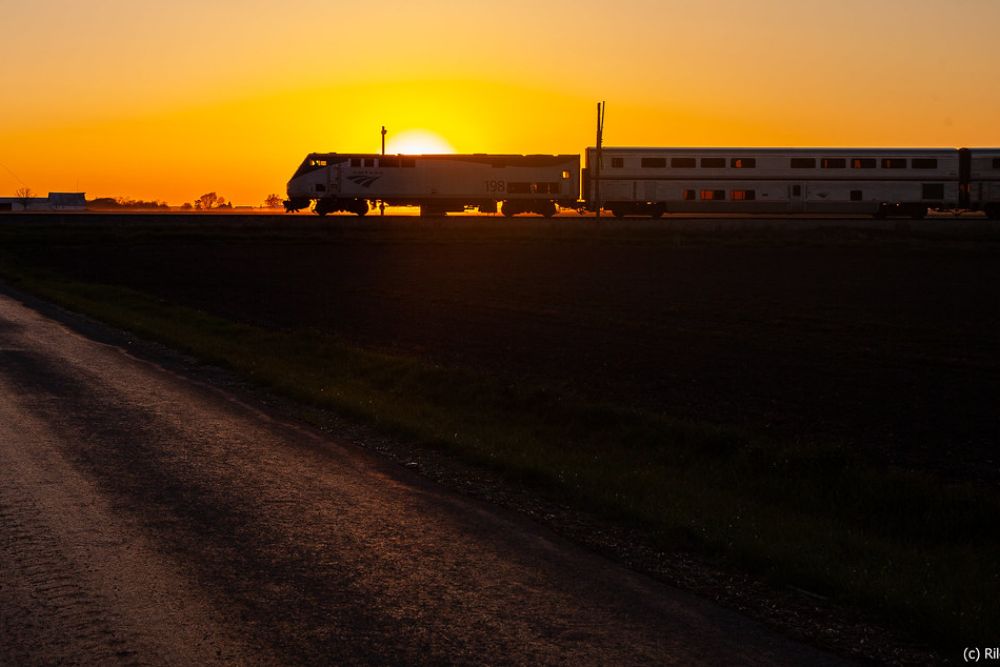
New Orleans weather creates an authentic atmosphere—sultry summers, mild winters, and dramatic thunderstorms that influence local culture, architecture, and daily rhythms. The subtropical climate allows for year-round outdoor festivals, street performances, and social gatherings that shape community life in ways impossible to replicate in artificial environments.
Seasonal changes affect local food, music, and celebration patterns, creating authentic connections between environment and culture. Vegas climate control eliminates weather as a cultural factor, creating artificial environments disconnected from natural rhythms.
Neighborhood Authenticity
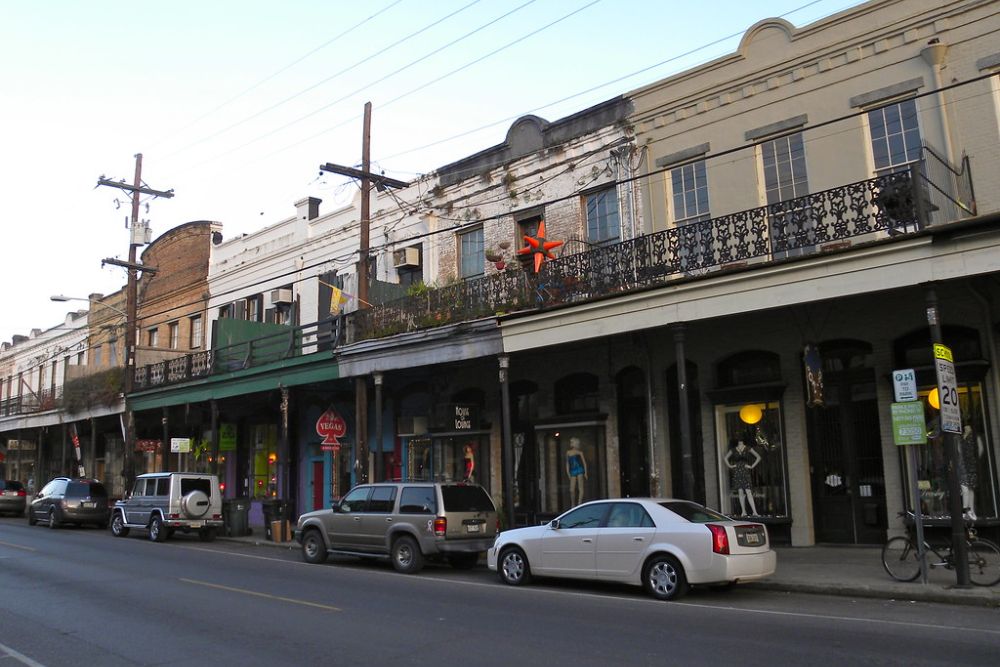
Bywater, Marigny, and Tremé neighborhoods maintain distinct cultural identities shaped by generations of residents who created unique community characters. Local corner stores, neighborhood bars, and community gathering spaces serve residents first, creating authentic local culture that visitors can experience but not dominate.
These neighborhoods change gradually through resident input rather than developer planning, maintaining authentic character while evolving naturally. Each area offers different cultural experiences based on genuine community development rather than themed entertainment districts.
Historic Preservation

New Orleans maintains authentic historical buildings through community effort and cultural pride rather than tourism marketing, preserving structures that continue serving community needs. Historic preservation in the city emphasizes maintaining building functionality for residents while respecting architectural heritage and cultural significance.
Local preservation efforts focus on maintaining neighborhood character and community continuity rather than creating museum-like tourist attractions. The city’s approach to historic preservation integrates past and present, allowing old buildings to house contemporary community life.
Like Travel Pug’s content? Follow us on MSN.
River Culture
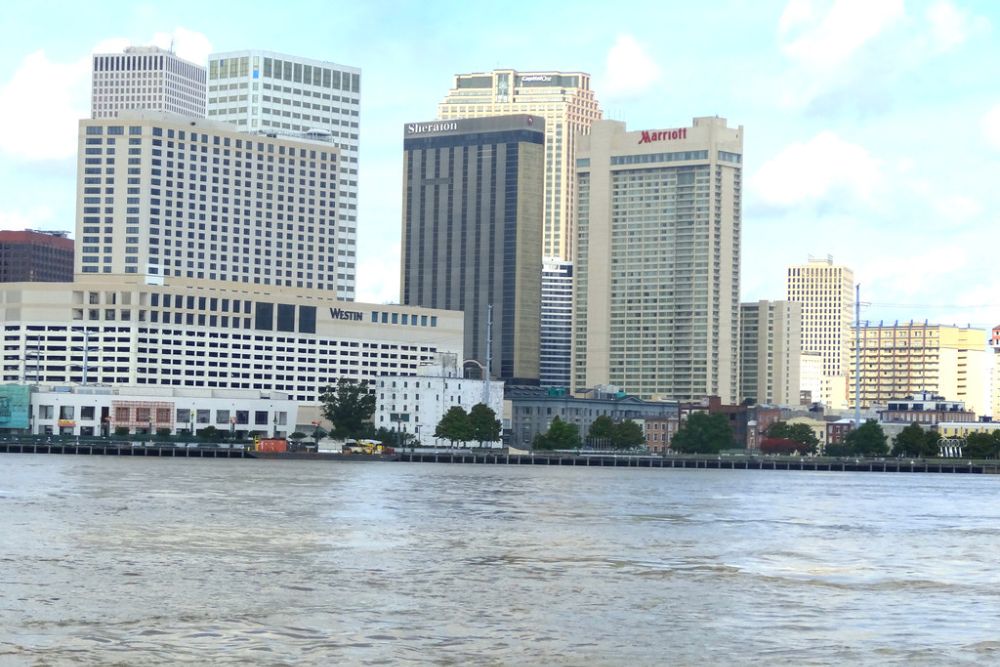
The Mississippi River remains central to New Orleans’s identity, providing transportation, commerce, and cultural connections that influence daily life and community identity. River commerce, shipping, and industry create an authentic urban character that reflects the city’s geographic position and economic reality.
The riverfront provides public spaces where locals and visitors share experiences watching ships, listening to music, and enjoying a genuine urban waterfront atmosphere. Vegas lacks significant natural features that could provide similar authentic environmental connections.
Art Scene

New Orleans artists create work influenced by local culture, history, and community experience rather than art market trends or tourist preferences. Local galleries, studios, and cultural institutions support artists who engage with authentic community themes and cultural heritage.
Street art, murals, and public installations throughout the city reflect genuine local expression rather than commissioned decoration designed to attract visitors. The art scene maintains connections to local music, food, and cultural traditions, creating an integrated cultural experience.
Cocktail Heritage

New Orleans invented classic cocktails like the Sazerac, Ramos Gin Fizz, and Hurricane through local bartender innovation using available ingredients and community preferences. Historic bars like Napoleon House and Lafitte’s Blacksmith Shop maintain an authentic atmosphere through centuries of continuous operation, serving local communities.
Local bartenders learn traditional techniques and recipes that reflect cultural heritage rather than corporate training programs focused on profit maximization. The city’s cocktail culture emphasizes craftsmanship and community gathering rather than consumption volume.
Like Travel Pug’s content? Follow us on MSN.
Cemetery Culture

New Orleans cemeteries reflect unique burial traditions necessitated by geography, creating above-ground tombs that became distinctive cultural features. Historic cemeteries contain generations of local families, creating authentic connections between past and present community members.
Cemetery architecture and decoration reflect cultural blending and community artistic expression developed over centuries of use. These burial grounds serve as genuine historical sites where visitors can understand local cultural development through authentic community artifacts.
Local Transportation
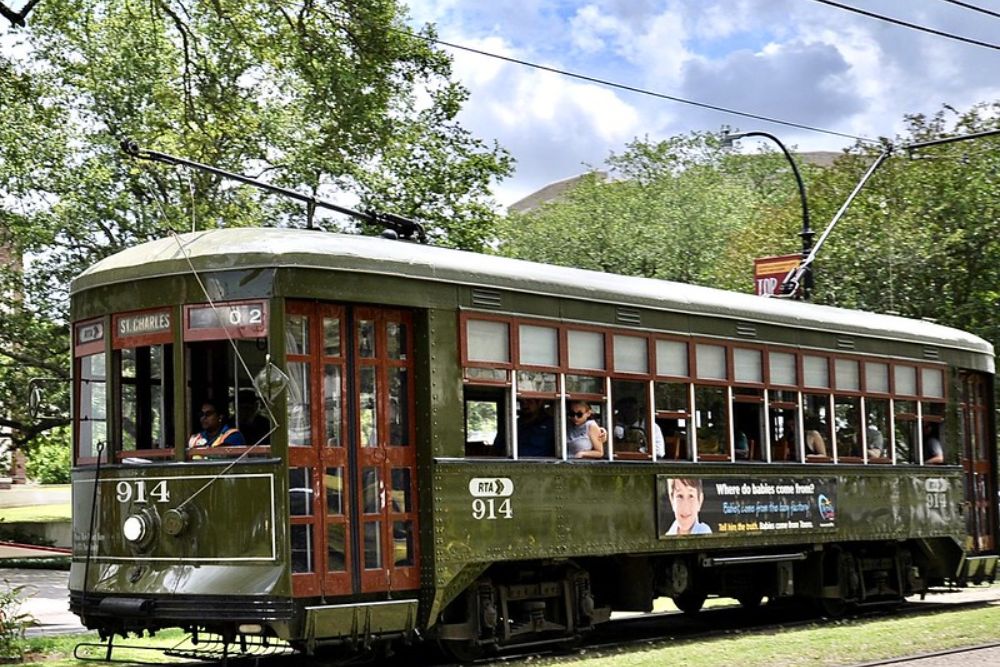
New Orleans streetcars represent authentic public transportation that continues serving community needs while maintaining historical character and local cultural significance. Walking through the city’s neighborhoods provides genuine urban exploration where visitors discover authentic local life rather than planned tourist experiences.
The city’s compact geography allows for authentic urban exploration on foot, creating opportunities for spontaneous cultural encounters. Public transportation connects visitors to real community life rather than shuttling between entertainment venues.
Community Celebrations
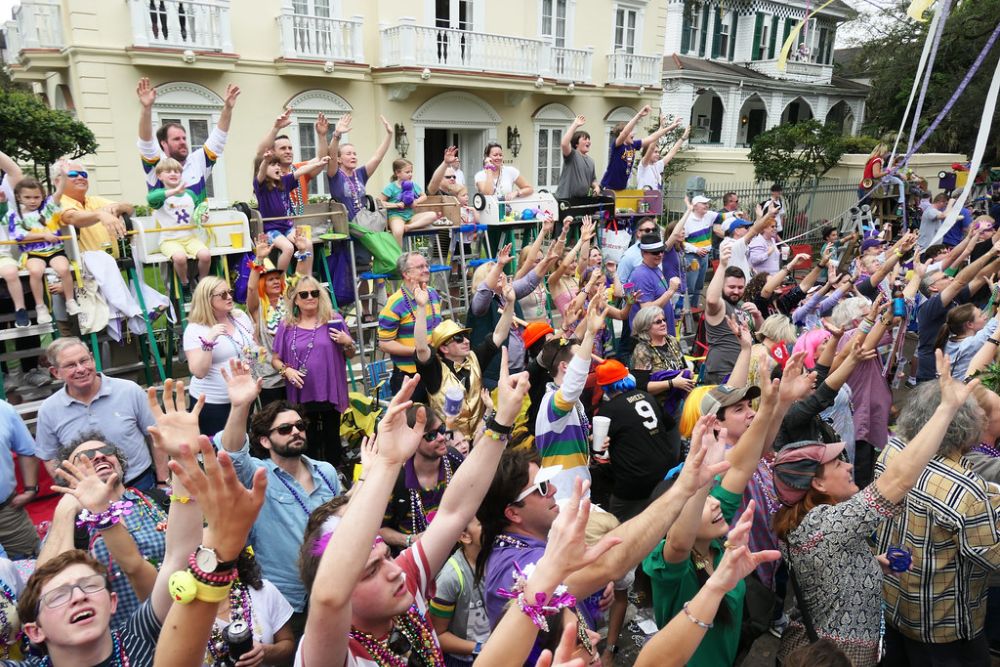
New Orleans celebrations emerge from neighborhood initiatives and community pride rather than tourism marketing, creating authentic cultural experiences that welcome visitors while serving local needs. Local traditions like jazz funerals, second lines, and neighborhood festivals reflect genuine community values and cultural heritage.
These celebrations provide opportunities for cultural exchange where visitors participate in authentic community life rather than consuming entertainment products. The city’s approach to celebration emphasizes community building and cultural continuity over visitor accommodation.
Like Travel Pug’s content? Follow us on MSN.
Economic Authenticity

New Orleans’s economy includes genuine local industries like shipping, petrochemicals, and agriculture alongside tourism, creating authentic urban character and community stability. Local businesses serve community needs first, creating authentic neighborhood commercial districts where visitors experience genuine local life.
The city’s economic diversity provides authentic cultural experiences connected to real community needs rather than entertainment industry calculations. This economic authenticity creates community stability that supports genuine cultural development and preservation.
Where Real Beats Artificial
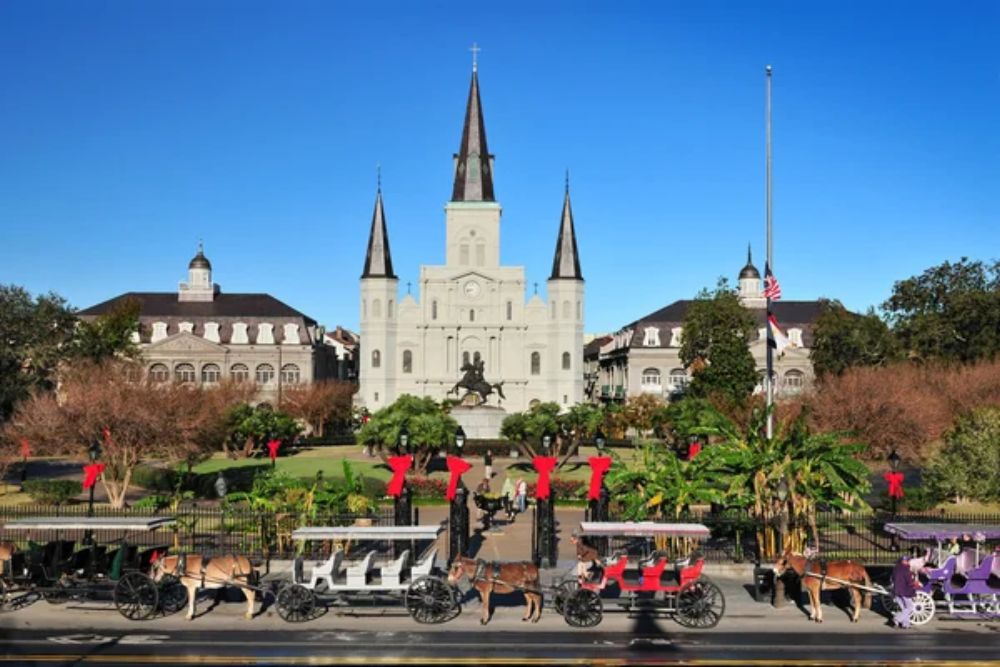
New Orleans succeeds where Vegas fails because it offers authentic experiences rooted in genuine community culture developed over centuries of real human experience. While Vegas provides predictable entertainment designed to separate visitors from money, New Orleans invites participation in an ongoing cultural life that enriches both locals and visitors.
The city’s authenticity creates experiences that can’t be replicated elsewhere because they emerge from specific places, histories, and communities rather than corporate planning. Sometimes, the best entertainment comes from genuine culture rather than manufactured excitement, and New Orleans proves that authentic experiences outlast artificial ones.
More from Travel Pug

- 20 Best Beach Towns in the Carolinas
- 13 Destinations Where Tourists Regularly Regret Their Trip
- 20 Things You Actually Get in First Class
- 20 Small Airports With Aviation Museums
- 20 Places in the U.S. That Are Perfect for a Reset Trip
Like Travel Pug’s content? Follow us on MSN.
